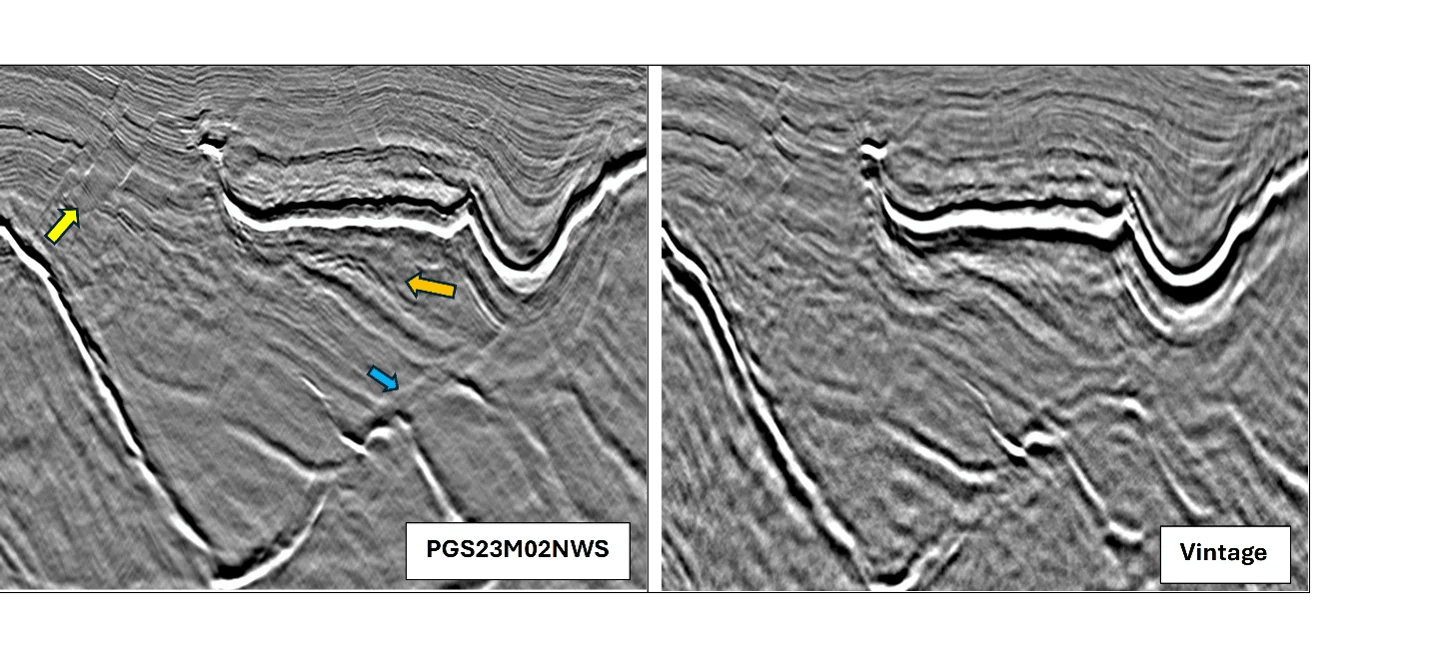TGS steps up imaging of complex volcanics in prospective basin offshore mid-Norway
TGS has completed the PGS23M02NWS seismic survey in the Vøring Basin offshore mid-Norway.
For the 8,000-sq-km program, a continuation of the vintage dual source PGS16004 Aasta Hansteen project, the company used wide tow triple sources for enhanced near-offset coverage; deep-tow multi-sensor GeoStreamer to improve the signal-to-noise ratio; and extended streamers to support full waveform inversion (FWI) estimation.
In addition, TGS applied broadband processing, including machine learning, to suppress noise and improve imaging of deeper intrusives.
David Hajovsky, executive vice president of Multi-Client, said the data should provide insight into regional and local structures and stratigraphy in the volcanic Outer Vøring region, helping to reduce the exploration.
“Large-scale 3D surveys using modern technology and consistent processing are essential in these geologically complex settings,” he said.
There has been limited drilling in the basin over the past 20 years. There have been gas discoveries in the Palaeocene and Upper Cretaceous, such as the Obelix well (6605/1-2), Irpa (6705/10-1) and Balderbrå (6604/5-1).
Although Equinor has developed the Aasta Hansteen Field, drilling has not produced successes in the Lower Cretaceous and Jurassic intervals.
A major magmatic event during the Palaeocene–Early Eocene led to large-scale intrusions, impacted reservoir structure, maturation and fluid flow, TGS said. However, recent subsurface imaging advances are assisting interpretation of these features and their influence on the Atlantic Margin’s petroleum system.

